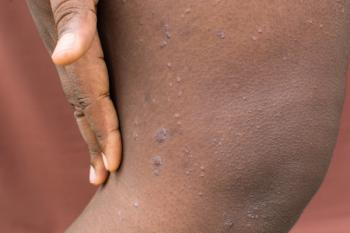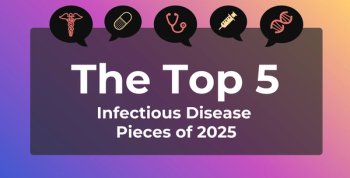
Dr Naveen Pemmaraju Outlines the Symptoms of Myelofibrosis
Myelofibrosis has a very heterogeneous disease presentation, which means patients with it can present to the clinic with a number of different symptoms, explained Naveen Pemmaraju, MD, associate professor in the Department of Leukemia at MD Anderson Cancer Center.
Myelofibrosis has a very heterogeneous disease presentation, which means patients with it can present to the clinic with a number of different symptoms, explained Naveen Pemmaraju, MD, associate professor in the Department of Leukemia at MD Anderson Cancer Center.
Transcript
What does the myelofibrosis patient population look like? How do they present with symptoms?
So, patients with myelofibrosis (MF) in 2019, we know a lot more than we did 10 years ago. The most important aspect of the patient presenting into the clinic is to think about the performance status and MPN, or myeloproliferative neoplasm symptom burden. It’s a heterogeneous disease presentation, which means that patients with patients with MF can present in a number of different ways.
On the lower-risk end, by the International prognostics scoring system, patients may actually be more like a chronic disease presentation, such as essential thrombocytosis and polycythemia vera. And the life expectancy may be measured in decades. But as you move into the intermediate to high risk, patients with MF can actually present quite ill to the clinic, large organomegaly hepatosplenomegaly, cachexia, weight loss, night sweats, fevers, and they can either present very sick or become ill quite quickly just from the disease itself. So, you have a wide range of patients with myelofibrosis.
The second aspect is the way we’re scoring the prognosis continues to exponentially increase. There’s so many scoring systems out there, but the bottom line is trying to capture the patient’s clinical presentation, including their age, their cytogenetics, and their molecular markers to try to come up with who’s low risk, intermediate-high risk, who would benefit from a stem cell transplant, who would not, and then trying to figure out clinical trials and targeted therapies.
Newsletter
Stay ahead of policy, cost, and value—subscribe to AJMC for expert insights at the intersection of clinical care and health economics.







































